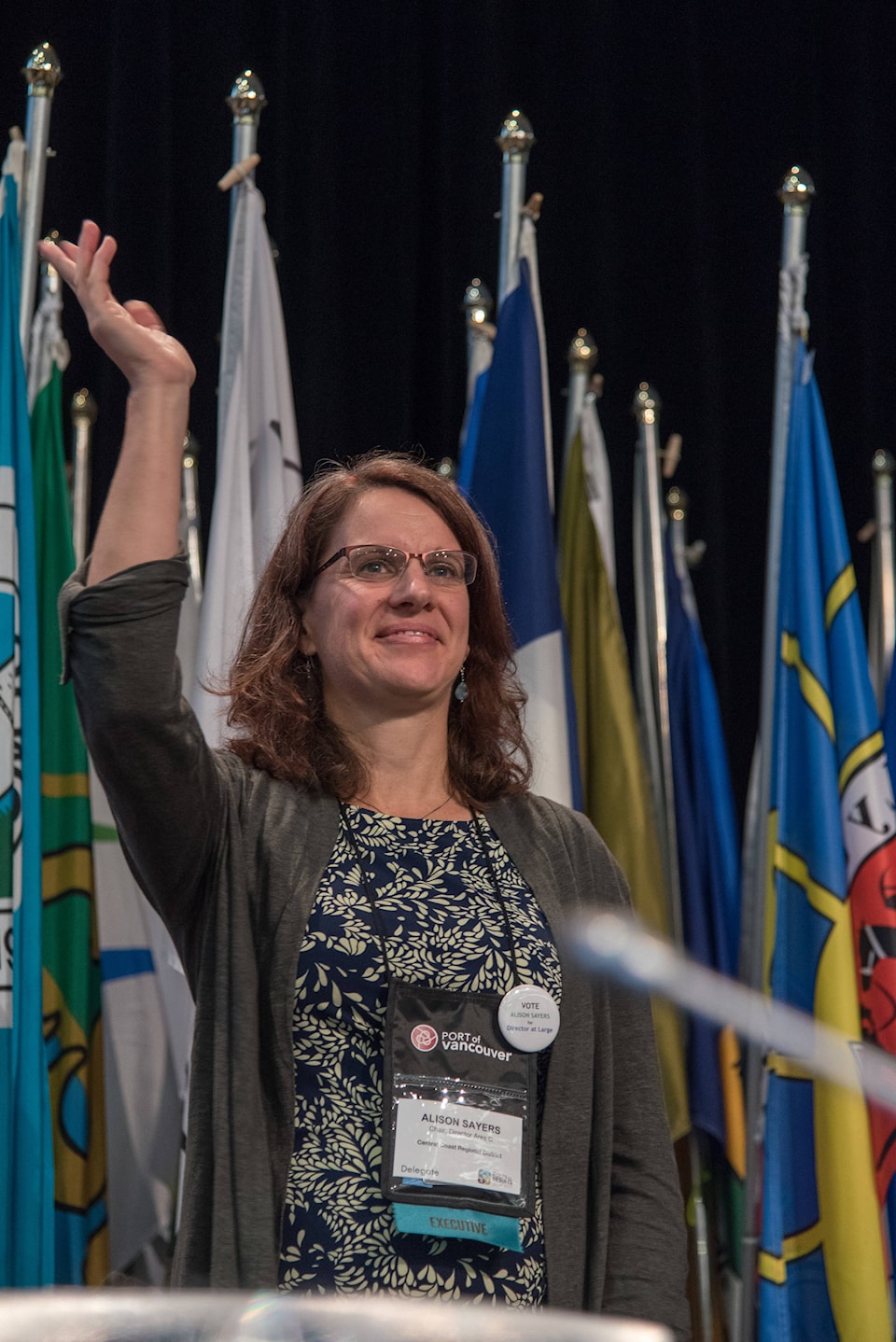A CCRD resolution aimed at changing how local governments are financed was supported by the Union of BC Municipalities at their Annual Convention in Whistler last week. If the resolution is successfully realized, it could mean groundbreaking changes for local governments across the country.
Like all regional districts, the CCRD’s primary source of revenue is property taxes. However, like many regional districts across the province, a number of residents within the district live on reserve and therefore are outside the primary fiscal framework which funds local governments: property tax. Within the CCRD there are a total of 3319 residents and 1403 live off reserve.
In a nutshell, this means is that the regional district is trying to provide services for 100 percent of its residents with a little over 40 percent of the funding for its general operating budget. It should be made clear that the CCRD’s general operating budget excludes grants and other sources of revenue.
“First Nations governments often financially contribute to specific local government services budgets through service agreements, an example being how the Nuxalk Nation supports operations at the Thorsen Creek Landfill and Recycling Centre,” explained CCRD Chair Alison Sayers. “Furthermore, the CCRD is currently in receipt of millions of dollars in grant funding for capital projects, the success of which has been partly based on the current CCRD board’s message and philosophy of partnership and inclusion.
“However, there remains a significant deficit in general operating funds, which is primarily funded through property taxes. Currently the federal government provides no effective mechanism to contribute to general operating funds for constituents who live on reserve. The primary intent of the CCRD’s resolution is to impel higher orders of government to recognize this problem, and to work with First Nations and local governments to solve it.”
The CCRD’s resolution asks the federal government to make up the shortfall in its general operation funding by representing the residents that live on reserve and provide the remaining funds in the form of federal transfer payments.
The resolution, which was one of over 200 to be presented by member governments, was preceded by a clinic on the topic entitled “Financing Reconciliation: A New Model for Positive Change.”
The purpose of the clinic was to “expose current gaps in financing of services that benefit Indigenous and non-Indigenous communities” as well as “advance a proposal for a new federal transfer payment built on the principles of equalization and minimizing regional disparity in public service delivery.”
The crux of the resolution hinges on Section 36 of the Constitution Act (1982), which is meant to address equalization and regional disparities, promising all Canadians comparable levels of public services at reasonably comparable levels of taxation.
“The federal transfer payment system is intended to ensure quality public service delivery to all Canadians regardless of where they live,” said Courtney Kirk, CAO of the Central Coast Regional District (CCRD), who described the $75 billion in federal transfer payments made to provinces and territories and the $6 billion specific to British Columbia.
Ad hoc service agreements with local governments have tried to bridge the gap, but they are not a long-term answer.
“The current fiscal imbalance represents a meagre vision of the Canadian Constitution,” said University of Saskatchewan professor and Canada Research Chair in Indigenous Rights, Dr. Dwight Newman during the clinic.
Arguing for the proactive, common sense embrace of Canada’s constitutional values, he warned that a legal challenge will take too long for the urgency of the issue.
“We need a Section 36 solution,” said Don Lidstone of Lidstone & Company Barristers & Solicitors.
The unequal taxation system has crippled the CCRD since its inception 50 years ago, and this innovative approach to addressing it has come from within the organization itself, with a great deal of work from the Board and CCRD staff.
“This Board decided to work together and that has made this effort so successful,” said Travis Hall, Area B Director. “We’ve really raised the bar by showing how much can be accomplished as a team.”
The Board has also been working tirelessly on promoting the resolution and this new model of funding to their fellow districts. Most recently the resolution was supported by the Association of Vancouver Island and Coastal Communities, with the Regional District of Alberni-Clayoquot being an ardent supporter as they encompass a very similar demographic as the CCRD.
“This is a chance to realign the thinking around equality for all Canadians and erase some of the stigma that still exists,” said Area D Director Richard Hall. “It’s an opportunity to level the playing field.”
The presentation of the resolution took place on Thursday, September 13. The entire board was present for the motion.
“The resolution carried unanimously with no speakers against,” said Sayers. “It was followed immediately by an off-the-floor resolution calling on UBCM to hold a provincial community to community forum on the resolution with local government and First Nations governing bodies, as well as a three hour workshop on the topic at 2019 convention.”
In addition to the supported resolution, CCRD Area B Director Travis Hall was also elected to the UBCM Executive.
